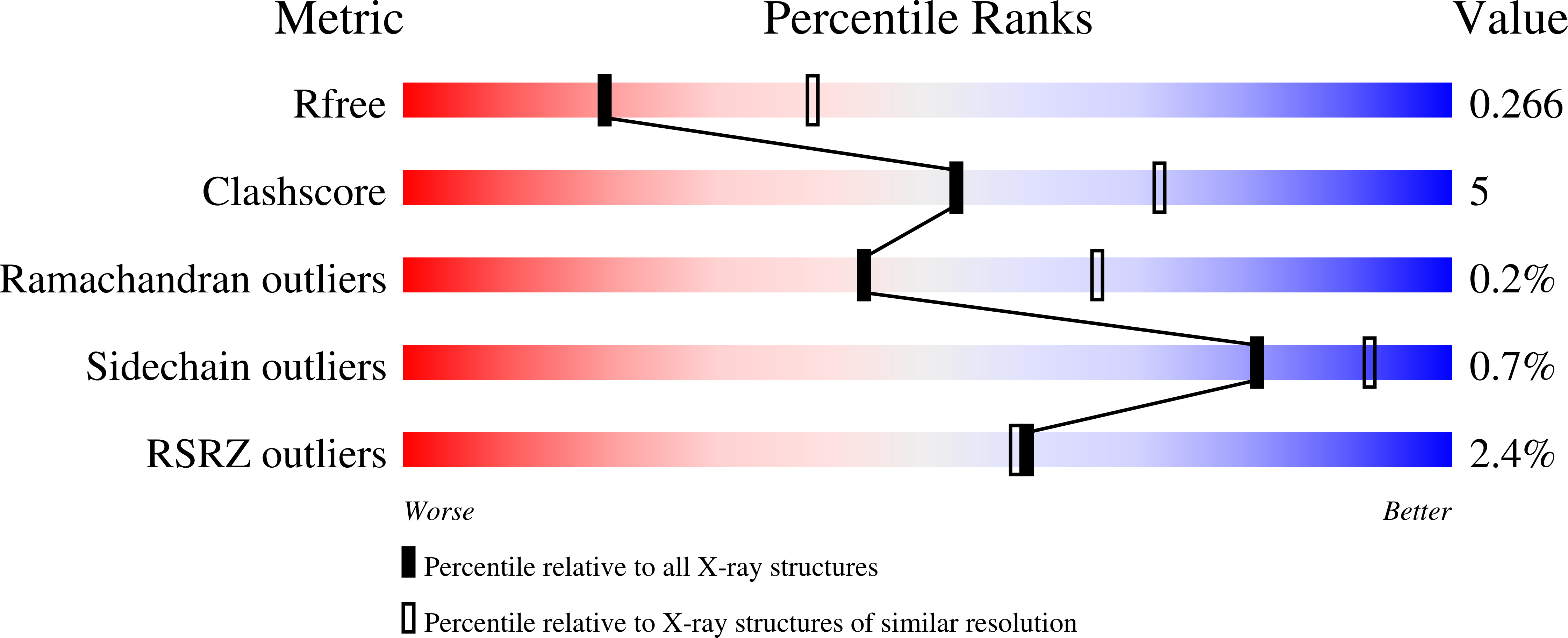
Deposition Date
2025-06-23
Release Date
2025-07-30
Last Version Date
2025-07-30
Entry Detail
Biological Source:
Source Organism:
Shewanella putrefaciens CN-32 (Taxon ID: 319224)
Host Organism:
Method Details:
Experimental Method:
Resolution:
2.68 Å
R-Value Free:
0.26
R-Value Work:
0.20
R-Value Observed:
0.21
Space Group:
P 63 2 2


